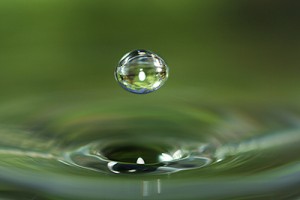
Em mais uma fascinante série de documentários produzidos pela BBC, o professor Al-Khalili narra a magnífica história da química e da busca humana por por entender, dominar e combinar os elementos químicos.
Dividida em três episódios, com 50 minutos cada, a série utiliza como pano de fundo a tabela periódica para tecer as correlações históricas e fundamentar o avanço obtido nas descobertas realizadas pelos cientistas nesta busca de entender o mundo em que vivemos.
Veja abaixo um trecho do documentário (em inglês, sem tradução).
Neste vídeo o professor Al-Khalili demonstra que o diamante é feito de carbono e pode ser queimado!
Toda a série ainda está em inglês e aguardamos que uma versão dublada ou legendada seja exibida futuramente no canal da TV Escola.
Tentei contato com a equipe da TV Escola para sugerir a exibição do documentário mas não obtive resposta. Se alguém conhece algum modo de contatar da equipe da TV Escola, favor informar! (Recebi a resposta!)




